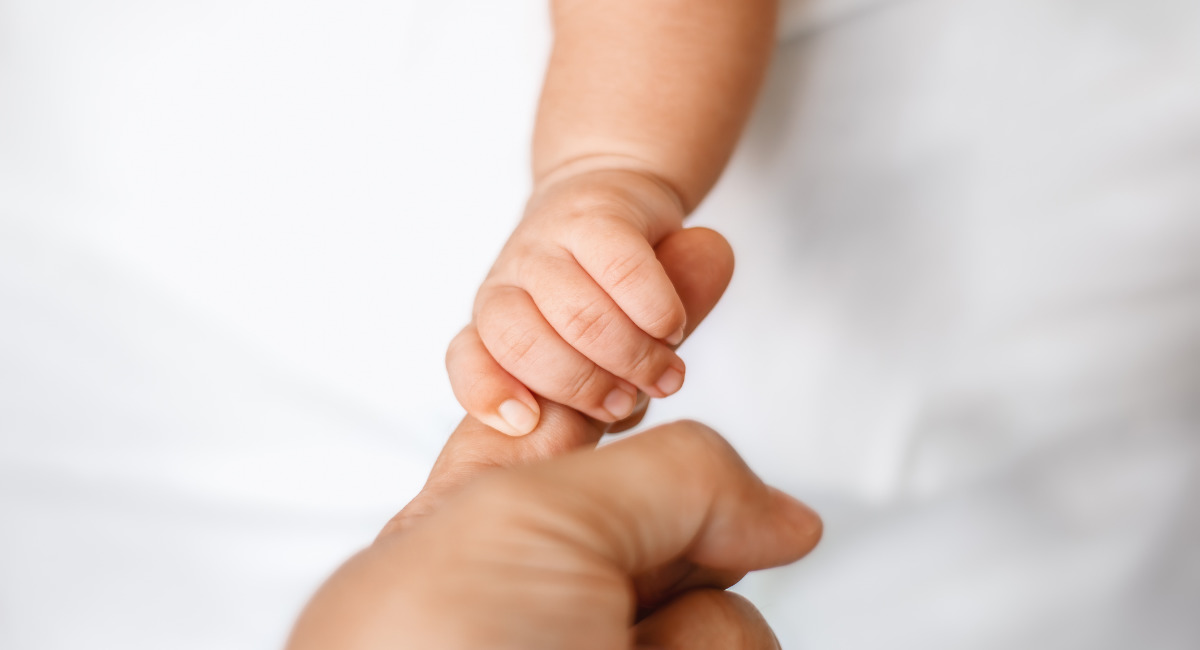Prior to the fall of Roe v. Wade in June of 2022, Vox argued that adoption could never “effectively replace abortion” because “people who choose adoption still become parents — they just don’t raise their children.” Now, a year after the Supreme Court decision in Dobbs v. Jackson Women’s Health Organization, it appears that adoption inquiries from pregnant women have been increasing.
The abortion-to-adoption ratio in the United States is about 50:1. Data from 2020 puts the ratio at 47:1, but, as the pro-life Lozier Institute reports, based on information from the pro-abortion Guttmacher Institute, at-home abortions via the abortion pill are not included in those ratios. Therefore, both the number of abortions and the abortion-to-adoption ratio are likely higher. While Vox claims that people who choose adoption “still become parents — they just don’t raise their children,” the same is true for people who abort — only they become parents of dead children.
Increased interest in adoption
Multiple news outlets are reporting an increase in adoption since Dobbs. According to both NBC and ABC, Kristen Hamilton, director of communications at the National Council for Adoption, said the organization has seen “a lot of variances” among adoption agencies in states that have pro-life laws.
“In some cases, they are seeing an uptick in the number of babies that are being placed for adoption, while in other cases, things have remained relatively similar to what they were before the Dobbs decision,” she said.
Meanwhile, Mark Melson, president and CEO of the Gladney Center for Adoption, based in Texas but overseeing adoptions throughout the U.S., said the center has seen an increase in infant domestic adoptions of 30% over the last year. In addition, inquiries from pregnant women have increased 55%. He thinks the Dobbs decision, as well as the slowing of the Covid pandemic, played a part in the increases. Melson said while his organization typically saw adoption interest from women in their second trimester, it is now seeing interest from women who are as early as four weeks pregnant.
“In conversations we’ve had with our birth mothers, some have indicated that had they had an ability to get an abortion, they at least would have considered it,” he said.
Robert Lamarche, the director of ACF Adoptions, an agency based in Florida, said his agency has not seen an increase in interest in adoption, however, Florida allowed abortion through 15 weeks until recently, when its Heartbeat Protection Act was signed by Governor Ron DeSantis on April 13, 2023. If the state Supreme Court allows that law to take effect, Lamarche admits that his agency may begin to see the same increase in interest that other adoption agencies are experiencing.
However, Lamarche believes that many women will be placing children for adoption due to medical diagnoses that are received late in pregnancy. Currently, he says there are homes for these children, but he worries that “[i]f the number goes up 25 to 30%, we’re going to have a problem, because we’re not going to have families for all the children.”
Yet, while there are no official statistics on how many couples are waiting to adopt in the U.S., experts estimate the number to be as many as two million, according to Adoption Network. International adoptions are also becoming more restrictive and have declined from nearly 20,000 in 2007 to 1,785 according to 2021 statistics.
Systems must be in place to support women whether they choose to place their child for adoption or parent — either option is valid and should be supported, rather than choosing to kill a preborn child.
Grief and loss as a result of adoption
John Knox of Opt Institute, who was adopted as a child, said that many mothers are not choosing adoption today compared to several decades ago due in part to a misunderstanding of the differences between private adoption and foster care.
Abortion advocates often make the assumption that an unplanned child who is not aborted will be placed into foster care at birth, but the birth mother actually has the opportunity to handpick an adoptive family for her child. Still, Elizabeth Kirk of Catholic University explained that many pregnant women do not consider adoption because of the social stigmas attached to placing your child with another family.
According to Vox, mothers who place their child for adoption “often experience significant grief and loss, for which they struggle to get support in a culture that views adoption through rose-colored glasses.” Gretchen Sisson, a sociologist with the abortion-committing Advancing New Standards in Reproductive Health, told Vox that “assuming that people who terminate their rights are moving quickly past this termination… is not something that I have ever seen in my research.”
Yes, adoption can cause trauma, but thanks to a better understanding of how immediately taking a child from his birth mother can cause trauma and attachment issues, modern adoption is typically open, allowing for the birth mother to continue to be a part of her child’s life.
What Sisson failed to mention is the trauma that a different termination can cause women.
Ignoring the trauma and loss of abortion
Women who have experienced induced abortion have shared that they “wanted to die,” that “there will always be a hole in my heart,” and that “abortion was a dark cloud over my life.” One woman called it her “biggest regret.” Some have suffered panic attacks and post-traumatic stress disorder. Research — 29 out of 30 studies — has found that abortion increases the risk of mental health disorders including depression, anxiety, suicidal behavior, and drug and alcohol abuse. And with abortion, there is no going back.
With the increase in at-home abortions, the trauma is becoming more obvious. Women sometimes see their child’s body and that experience is filling them with instant regret and remorse.
Adoptions are not final until after the child is born, and the birth mother has the right to change her mind. While the time frame varies from state to state, there is typically a waiting period of three to 10 days after the paperwork is signed for a birth mother to change her mind. Abortion, however, robs a child of any chance at life; there are no birthdays, no milestones, no shared photographs, and no future for the child. Though adoption is traumatic, adoption puts the best interest of the child and his or her right to life in the place of utmost importance.








